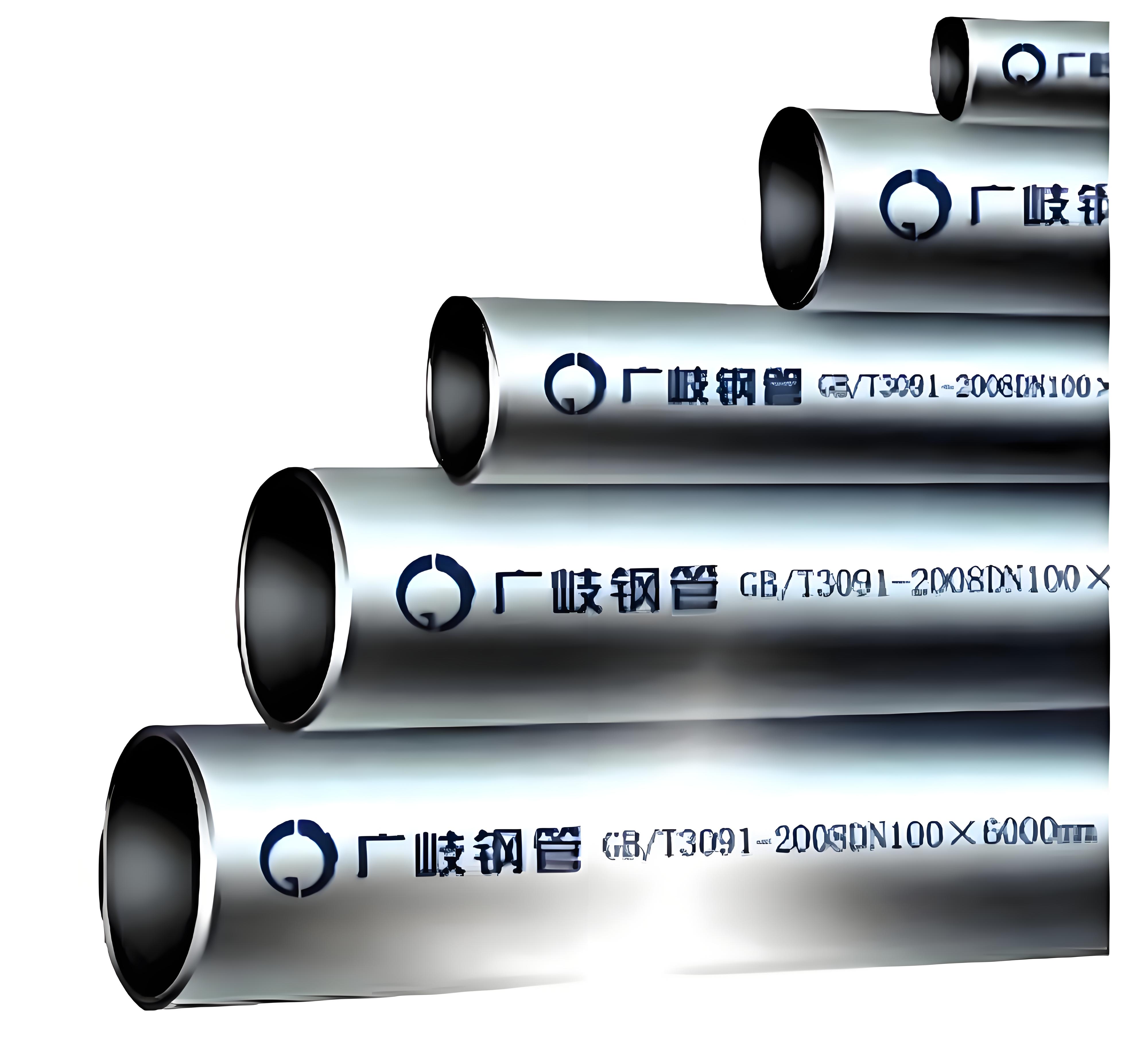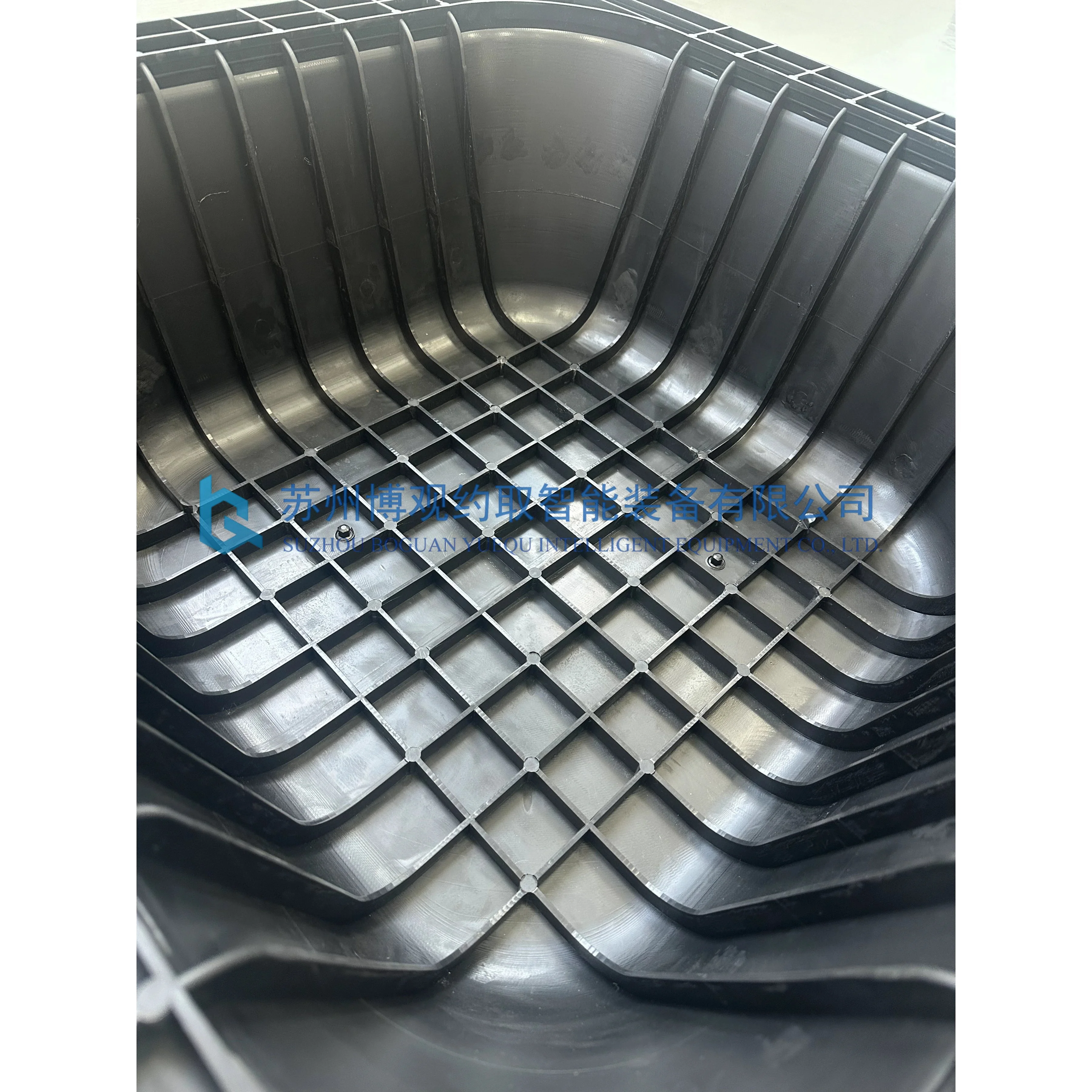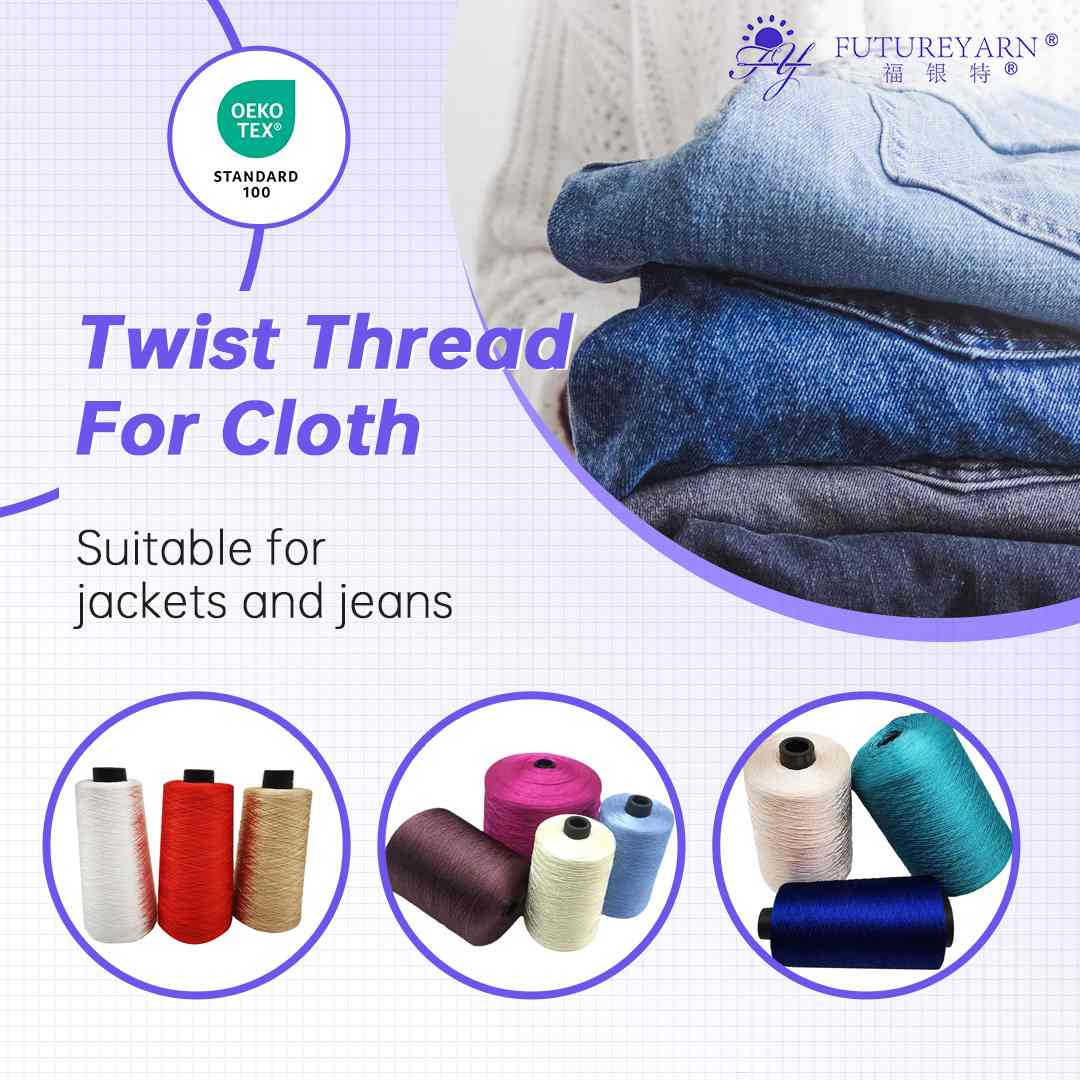Fortifying Your Structure: Advanced Strategies for Securing Corrugated Metal
When it comes to construction and architectural design, corrugated metal has emerged as a popular choice due to its durability, lightweight nature, and versatility. However, securing corrugated metal effectively is crucial to ensure the longevity and safety of any structure. This article delves into advanced strategies for securing corrugated metal, addressing various applications, installation techniques, and maintenance practices that can enhance the integrity of your projects.
Understanding Corrugated Metal
Before diving into securing methods, it's essential to understand what corrugated metal is. Typically made from steel, aluminum, or galvanized materials, corrugated metal sheets are characterized by their wavy pattern, which provides strength and rigidity. These sheets are commonly used in roofing, siding, and even interior applications. Their lightweight nature allows for easy handling and installation, but this also means they can be susceptible to wind uplift, corrosion, and other environmental factors if not secured properly.
- Choosing the Right Fasteners
The first step in securing corrugated metal is selecting the appropriate fasteners. The choice of fasteners depends on the specific application and environmental conditions. Here are some key considerations:
- Material Compatibility: Use fasteners made from materials that are compatible with the corrugated metal to prevent galvanic corrosion. For instance, stainless steel or coated fasteners are ideal for aluminum sheets.
- Type of Fastener: Self-drilling screws are often preferred for their ease of installation, while lag bolts may be necessary for heavier applications. Ensure that the fasteners are long enough to penetrate the underlying structure adequately.
- Sealants and Washers: Incorporate rubber washers or sealants to create a watertight seal, preventing moisture ingress that can lead to rust and deterioration.
- Installation Techniques
Proper installation techniques are vital for securing corrugated metal effectively. Here are some advanced methods to consider:
- Overlapping Joints: When installing corrugated metal sheets, ensure that the edges overlap by at least one corrugation. This not only enhances structural integrity but also minimizes the risk of water infiltration.
- Staggered Fastening: Instead of fastening every corrugation, consider a staggered approach. This method distributes stress more evenly across the surface, reducing the likelihood of deformation or failure.
- Use of Purlins: For roofing applications, installing purlins (horizontal beams) can provide additional support. Fastening the corrugated metal sheets to these purlins enhances stability and allows for better load distribution.
- Environmental Considerations
Environmental factors play a significant role in the longevity of corrugated metal structures. Here are some strategies to mitigate risks associated with weather and climate:
- Wind Resistance: In areas prone to high winds, consider using additional fasteners and reinforcing the edges of the sheets. Wind-resistant designs, such as using a standing seam profile, can also enhance stability.
- Corrosion Protection: Apply protective coatings or paints specifically designed for metal surfaces. Regular maintenance, including inspections for rust or damage, is essential to prolong the life of corrugated metal.
- Thermal Expansion: Metal expands and contracts with temperature changes. Allow for expansion gaps during installation to prevent buckling or warping.
- Maintenance Practices
Securing corrugated metal is not a one-time task; it requires ongoing maintenance to ensure its integrity. Here are some best practices:
- Regular Inspections: Conduct periodic inspections to identify signs of wear, rust, or loose fasteners. Early detection can prevent more significant issues down the line.
- Cleaning: Keep the surface clean from debris, leaves, and other materials that can trap moisture and promote corrosion. Use a gentle cleaning solution and avoid abrasive materials that could scratch the surface.
- Reapplication of Coatings: Depending on the environment, reapply protective coatings every few years to maintain corrosion resistance.
Conclusion
Securing corrugated metal is a multifaceted process that requires careful consideration of materials, installation techniques, environmental factors, and ongoing maintenance. By implementing these advanced strategies, you can enhance the durability and safety of your corrugated metal structures, ensuring they stand the test of time. Whether you are a contractor, architect, or DIY enthusiast, understanding the intricacies of securing corrugated metal will empower you to make informed decisions that lead to successful projects.


